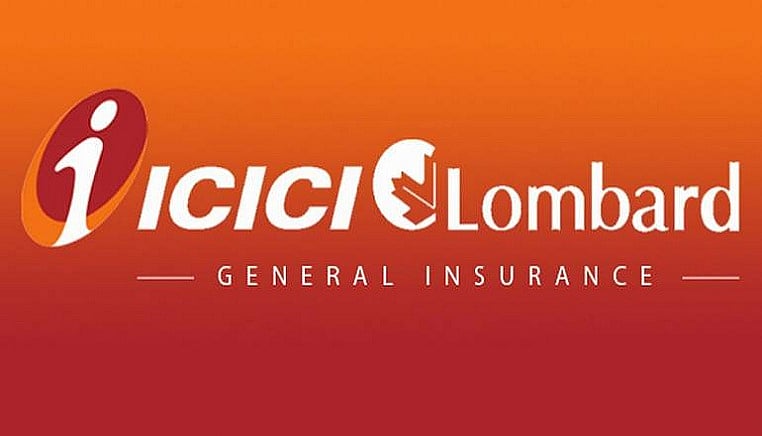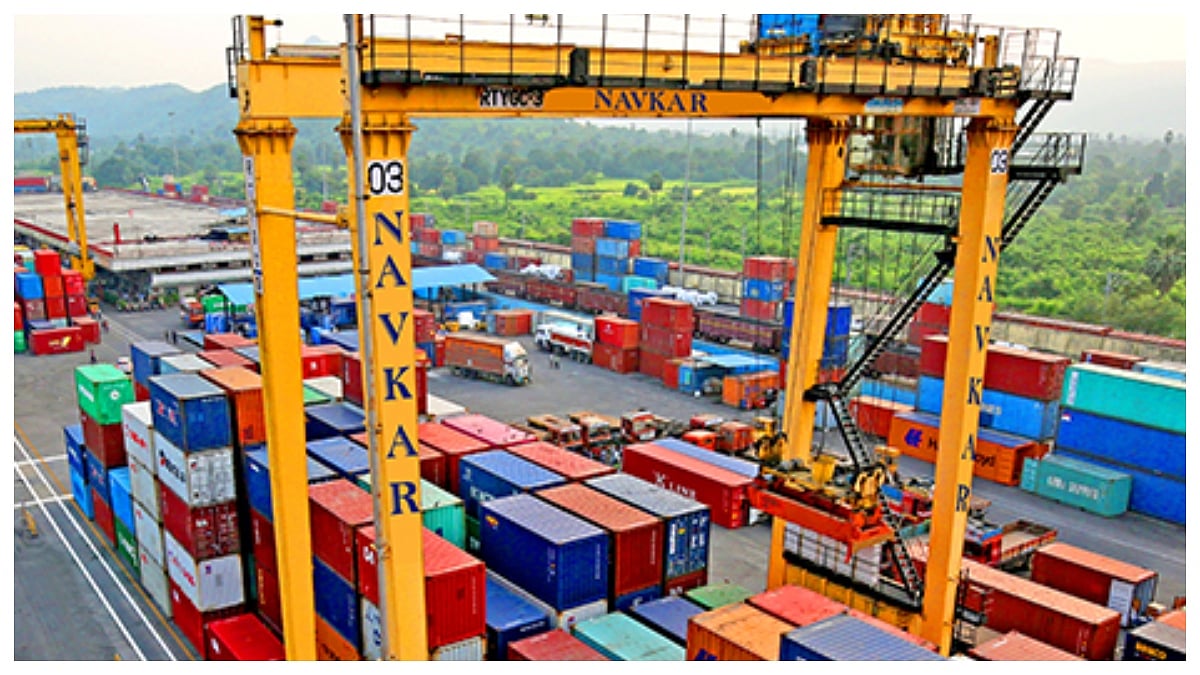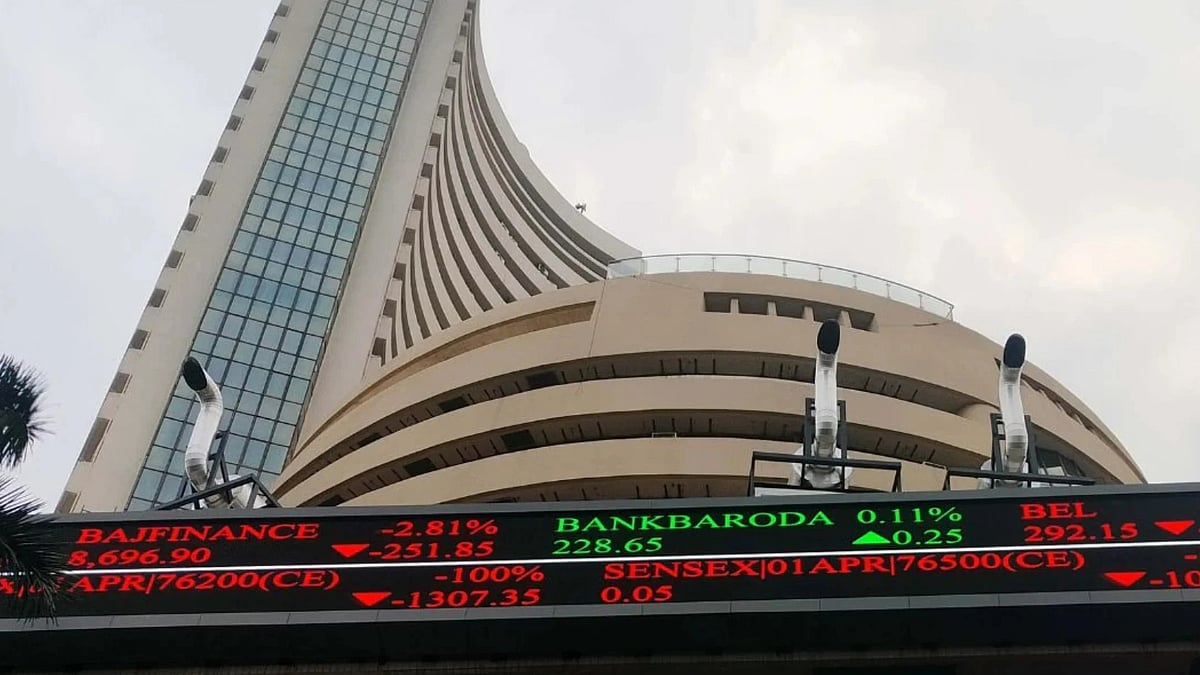Bharti Airtel Limited is a leading global telecommunications company with operations in 18 countries across Asia and Africa. Headquartered in New Delhi, India, the company had 28.37 crore subscribers in India as of March 31, 2020, across mobile, DTH, and enterprise services. It had another 11.06 crore subscribers in Africa. It is the third-largest telecom operator in the world, by the number of subscribers.
In India, the company’s product offerings include 2G, 3G, and 4G wireless services, mobile commerce, fixed line services, high-speed home broadband, DTH, enterprise services (including national & international long distance services to carriers). In other countries, it offers 2G, 3G, 4G wireless services, and mobile commerce.
India is currently the second-largest telecommunication market and has the second-highest number of internet users in the world. India’s internet user base has grown rapidly in recent years, propelled by the decreasing cost and increasing availability of smartphones and high-speed connectivity at affordable prices. It continues to witness a huge expansion in data and voice usage. With only three private operators serving 1.3 Billion people and significant 4G penetration upside, the industry is poised for sustained long term growth.

To remain a meaningful, relevant player in this era of digitization, Airtel is making a dynamic shift in its strategy from simply being a pipe providing connectivity to being an ecosystem of digital services to win quality customers across verticals and offer them brilliant experience across all touch points.
This strategy will be based on the key pillars, the primary pillar being providing services at scale. The Company continues to scale up its digital services offerings, such as Airtel TV, Wynk, Books, Payments, etc., which are offered as part of the flagship Airtel Thanks program. This will be enabled through expanded strategic partnerships and creating of partner ecosystem with ability to quickly and seamlessly integrate offerings on the airtel platform.
The company’s Airtel Platform helps in gaining traction like increase in data consumption, providing access to 28.37 crore users, 8 crore homes and 2,000 corporates to cross-sell products and services, enhancing digital payments in a significant manner and Network and location based services.
The management expects Average Revenue Per Unit (ARPU) to increase at a healthy pace to Rs 200 and thereafter to Rs 300 in the long-term. This is likely as growth in postpaid users is expected to be healthy owing to differential between the prepaid and postpaid tariff being narrowed down considerably. Also a large part of the increase in ARPU has been led by tariff hikes in December 2019 and the full potential of the same is yet to be seen. Also international roaming forms a reasonable part of the post- paid subscriber/revenues. Also in regions like Brazil, the number of postpaid users is higher than prepaid users and the trend can be expected soon in India as well.
The improvement in ARPU would be supported by continued up-gradation from 2G to 4G, increasing post-paid subscribers and segmentation price hike for the premium users. Further, the company’s presence in non-telecom business like enterprise, home-broadband and DTH would benefit the company from the increasing digitisation trends.
The company incurred a total capex of Rs 11,339 crore during the fourth quarter ended in March 2020 to enhance customer experience along with some front loading of investments to ensure seamless services during the pandemic.
The company's improved operational performance coupled with multiple fund raising like $2 billion through QIP, $1 billion through Foreign Currency Convertible Bond (FCCB) and $250 million through perpetual bonds has helped the net debt/ EBITDA ratio to improve to 2.88x as on March 31, 2020 as compared to 4.15x in March 2019.
Bharti Infratel Ltd, subsidiary of Bharti Airtel is India’s leading provider of tower and related infrastructure and it deploys, owns & manages telecom towers and communication structures, for various mobile operators. It holds 42% equity interest in Indus Towers, a joint venture with Vodafone India and Aditya Birla Telecom who hold 42% and 11.15% respectively. The Company’s consolidated portfolio of 95,372 telecom towers, which includes 42,053 of its towers and the balance from its 42% equity interest in Indus Towers, makes it one of the largest tower infrastructure providers in the country with presence in all 22 telecom circles. The Company has been the industry pioneer in adopting green energy initiatives for its operations.
Bharti Airtel acquired a strategic stake in Spectacom Global Pvt Ltd (“Spectacom”) under the Airtel Start-up Accelerator Program, which focuses on supporting growth of early stage Indian start-ups. Spectacom has been conceptualized to produce path breaking digital content on health & fitness training programmes. Airtel will work closely with Spectacom to help increase awareness and adoption of this platform.
The company has also acquired a strategic stake in Voicezen, an early stage startup focused on conversational AI technologies. The investment will give Airtel preferred access to Voicezen’s technologies, which can be deployed across its customer touch points in multiple languages. These intelligent solutions will offer real time analytics and insights to make Airtel’s conversations with its customers more engaging and frictionless and enable faster resolution. It will also allow Airtel to make contextual offers to customers based on real time conversations.
The company said that it has made self-assessment of the Adjusted Gross Revenue (AGR) dues and deposited Rs 13,000 crore in February 2020 and thereafter has deposited another Rs. 5,000 crore so that the amount deposited earlier does not fall short in case of final assessment made by the department of telecom or government agencies. Also, the government has allowed making the payment of the AGR dues raised over 20 years by charging 8% interest on a reducing basis. However, the hearing in Supreme Court on the AGR matter was earlier scheduled to happen in April 2020, which stands deferred.
The current pandemic has made telecommunications services more relevant than ever. As connectivity providers, it is a great responsibility on the company to keep its customers and the nation connected.
The management said that the impact of COVID-19 was a mixed bag as they say surge in demand for home broadband, significant increase in demand from the B2B business, growth in collaboration services, very resilient LTE base, collapse in new device additions and some impact on the low end subscriber base.
For Q4FY20, Bharti Airtel delivered good performance, as ARPU surged and addition of 4G subscribers was healthy despite the nationwide lockdown. Revenue grew by 15.1% YoY to Rs 23,723 crore driven by strong 22% YoY growth in India wireless business. Strong growth in India wireless business was led by a 14.3% QoQ growth in ARPU to Rs 154. The company added 1.2 crore of 4G customers to its mobile network during the quarter despite challenges in the last two weeks of March due to the lockdown. Home broadband revenue grew 3.2% QoQ, led by increase in demand on account of work-from-home (WFH) mode. EBITDA margin improved 78 bps QoQ to 43%, as operating margin of India wireless business rose by 329 bps QoQ. EBITDA took a hit of Rs. 179 crore owing to changes in accounting methodologies in the DTH business. Still, EBITDA grew 10.1% QoQ led by higher-than-expected revenue.
“Let no debt remain outstanding," says the Bible. The promoters have decided to follow the principle by selling a small part of their shareholding to retire the debt on their books. Bharti Telecom Ltd, which holds 38.8% in Airtel, sold 15.2 crore shares for about Rs 8,500 crore in a block deal on 26th May 2020. Bharti Telecom had debt worth Rs 8,500 crore on its books at the end of March which was taken to fund two stake purchases in November 2017 and May 2019. Last week, Bharti Telecom raised about Rs 3,500 crore via commercial paper. Meanwhile, in January, Bharti raised $3 billion from the sale of shares and convertible bonds to help pay additional airwave and licence fees after telecom operators lost a court case.
While Bharti Telecom’s stake will fall to 36% after the block deal, the total promoter holding of the Mittal family and Singtel will remain at 56%. This is down from 67% in end 2018.
While a stake sale by promoters is usually construed negatively by investors, this stake sale is mainly to de-lever Bharti Telecom and hence it is not negative as the same amount will be used to pay off the debt obligation by the company. As Bharti Airtel is the key beneficiary of the rising tariffs and ongoing consolidation in the Indian telecom space this promoter stake sale is positive.
Though Bharti Airtel will be able to withstand competition now, the company’s capex intensity is expected moderate in its wireless business and investments in contents. This would help Bharti improve its free cash flow. Higher digitisation would enable the company increase monetisation from digital assets and value-added services, reduce churn rate across verticals and improve wallet share from subscribers. With a comparatively a strong balance sheet and adequate network investments, Bharti is well-placed to capitalise on opportunities of a recovery in the industry.
Key Risks:
Increasing competition could pressurise realisations
Lower growth in data volumes could affect data revenue growth
Volatility in currencies due to global macro-economic uncertainties and global trade tensions
Final Thoughts:
Revenue accretion from the 4G upgrade, minimum-ARPU plans and recent tariff hike helped to report improvement in ARPU. Further, the government’s data localisation policies with increasing penetration of smartphones are likely to boost strong demand. Despite a predatory pricing strategy from new entrants since its commercial launch in September 2016, Bharti Airtel has been resilient in sustaining its revenue market share (RMS) as it has been drastically standardising its plans to retain customers and acquiring subscribers through Mergers & Acquisition activities. In DTH, Bharti expects to maintain steady growth by adding new subscribers in rural areas by launching USB-enabled Set Top Boxes (STBs), increasing reach in cities taking advantage of flat-screen TV upgrades and driving up ARPUs by selling OTT boxes and hybrid HD STBs.
Thus strong market position in the domestic mobile and non-mobile segment, diversification across businesses, healthy operations in Africa and high financial flexibility are key investment theme.
For more insights and picks like these, please visit https://tejimandi.app.link/freepress














